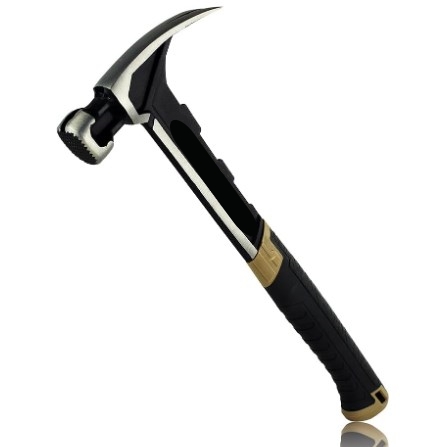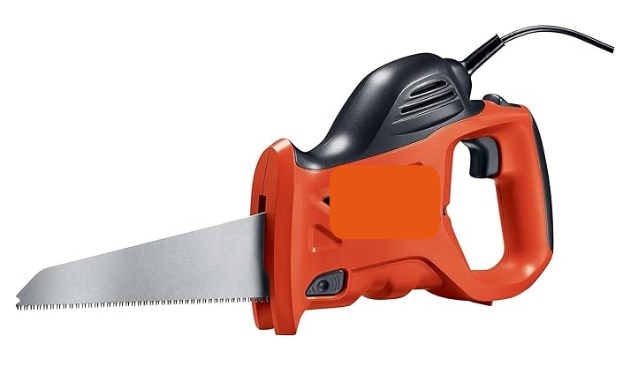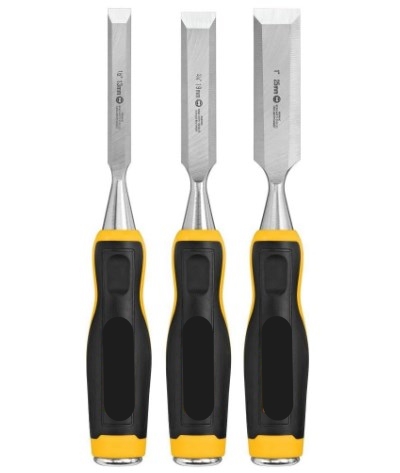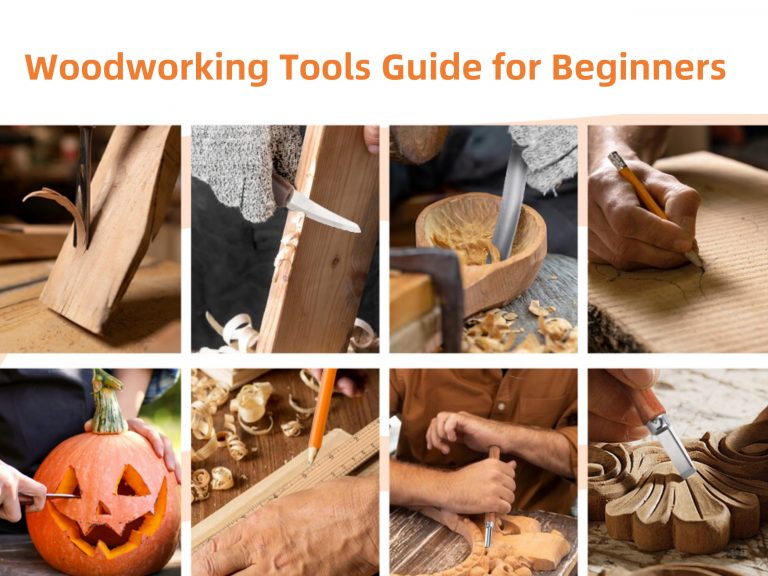Hand tools have been an essential part of human civilization since the dawn of time. From the earliest stone tools to the advanced power tools, the evolution of hand tools has been a testament to human ingenuity and innovation. The history of hand tools is a fascinating journey that spans different times and cultures. Showing the evolution of different tools and offering a glimpse into the future of hand tools.
Evolution in Different Times
The evolution of hand tools can be traced back to the earliest human civilizations. The first tools were simple implements made from stone, wood, and bone, used for tasks like hunting, gathering, and building shelters. Over time, as human societies became more complex, the need for more specialized tools arose. This led to the development of metalworking techniques, which allowed for the creation of more versatile tools.
The Stone, Bronze and Iron Ages
In ancient civilizations of Egypt, for example, copper and bronze tools were widely used for construction and woodworking. The Egyptians were skilled in the art of metalworking, and their tools were highly prized for their quality and craftsmanship. Similarly, in ancient Greece and Rome, iron tools began to replace bronze and copper tools, leading to rapid advancements in agriculture, construction, and warfare.
Middle Ages
During the Middle Ages, the expansion of tools progressed, with enhancements in metallurgy leading to fabrication of more sophisticated tools. The invention of the printing press in the 15th century, for instance, relied on a variety of hand tools, such as chisels, hammers, and screwdrivers, to assemble and maintain the intricate machinery.
Industrial Revolution
The Industrial Revolution marked a significant turning point in the history of hand tools. The introduction of steam power and mechanized production techniques led to the mass production of tools, making them more accessible to a wider population. This era saw the emergence of iconic hand tools such as the wrench, the screwdriver, and the hand saw, which became indispensable in various industries.
The 20th Century
The arrival of the 20th century represents the modern era of hand tools. With the further development of industry and the continuous advancement of technology, hand tools are constantly being innovated. The introduction of power tools has dramatically increased efficiency in all industries. Innovative high-quality materials have made hand tools more durable, laying the foundation for industrial progress.
The Digital Age
The advent of the digital age has brought a new round of tool innovation. Hand tools are no longer just physical entities, they are integrated with technology to enhance their functionality. Tools are also starting to go digital, incorporating sensors, Bluetooth connectivity and other features that enable data collection, remote operation and integration.
Evolution of Different Hand Tools
The evolution of hand tools has been characterized by the continuous refinement and innovation of different types of tools. From simple implements to complex, precision instruments, hand tools have undergone remarkable transformations over the centuries.
Hammers and mallets
Hammers are the oldest and most fundamental hand tools. The earliest hammers were made of stone and used for shaping and breaking objects. Over time, hammers evolved to include metal heads and wooden handles, making them more durable and versatile. Mallets, on the other hand, were traditionally made of wood and used for tasks that required a softer touch, such as woodworking and metalworking. Today, hammers and mallets come in a variety of designs and materials, each suited to specific tasks and industries.
Saws
Saws have also undergone significant evolution throughout history. The earliest saws were made of stone and were used for cutting wood and other materials. With the advent of metalworking, saws began to be made with metal blades, which greatly improved their cutting efficiency. The development of power tools further revolutionized the sawing process. The electric and cordless saws are widely used in construction and woodworking today.
Chisels
Chisels and gouges have a long history dating back to ancient civilizations. These tools were initially made of stone and were used for carving and shaping wood, stone, and other materials. As metalworking techniques advanced, chisels and gouges began to be made with metal blades, which greatly improved their durability and cutting precision. Today, they are essential tools in woodworking, metalworking, and sculpting, and they come in a variety of shapes and sizes to suit different applications.
Axes
Axes have been a crucial tool for human survival and development for thousands of years. The earliest axes were made of stone and were used for tasks such as chopping wood and shaping materials. With the discovery of metalworking, axes evolved to include metal heads and wooden handles, making them more efficient and durable. Today, axes are used in a wide range of industries, and they come in various designs for different purposes.
wrenches
Wrenches have also seen significant evolution over time. The earliest wrenches were simple tools used for turning nuts and bolts. With advancements in metallurgy and manufacturing, wrenches evolved to include adjustable and ratcheting designs, making them more versatile and efficient. Today, wrenches are essential tools in automotive repair, construction, and they come in a wide range of configurations to suit different applications.
The Future of Hand Tools
In the history of hand tools, we have seen human wisdom and the innovation and development of tools. As we look ahead, we can imagine that the future of hand tools will mirrors the progression of society‘s technological advancements.
sustainability and environmental
The evolution of hand tools is likely to be driven by a combination of technological innovation and a renewed focus on sustainability and environmental impact. With the growing emphasis on eco-friendly practices, there is a rising demand for hand tools that are energy-efficient, durable, and recyclable.
technology
The future of hand tools is also being shaped by advancements in technology. One such example is 3D printing, a technology that has the potential to transform the manufacturing of hand tools. Additionally, the integration of smart technology into hand tools, such as digital measuring devices and connected power tools, is poised to enhance precision and accuracy in various applications.
ergonomics
Furthermore, the concept of ergonomics is playing an increasingly important role in the design of hand tools. Manufacturers are prioritizing the development of tools that are comfortable to use. Reducing the risk of repetitive strain injuries and improving overall user experience. The focus on ergonomics is expected to continue shaping the future of hand tools, with an emphasis on user-friendly designs.
Summary
In conclusion, the history of hand tools is a testament to human creativity and adaptability. From the earliest stone tools to the power tools of today, the evolution of hand tools has been a reflection of the human societies. As we look ahead, the future of hand tools holds the promise of continued innovation, driven by advancements in technology, sustainability, and user-centric design. The journey of hand tools is far from over, and the next chapter promises to be as exciting and transformative.
Hope this article was helpful to you. We will continue to update the practical articles of hardware tools. MYWAY TOOLS is always by your side.
















